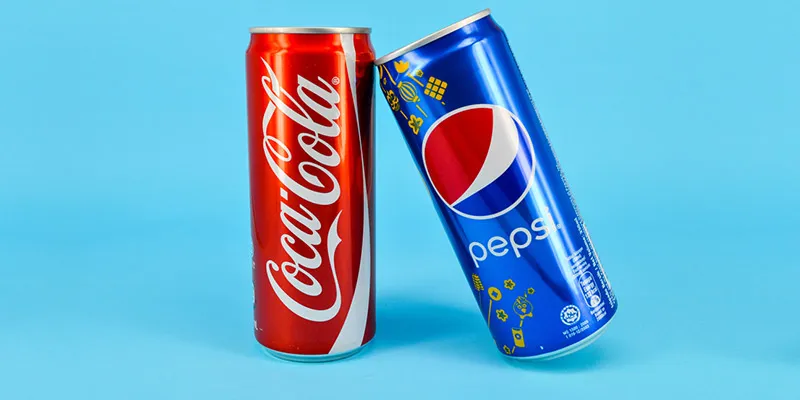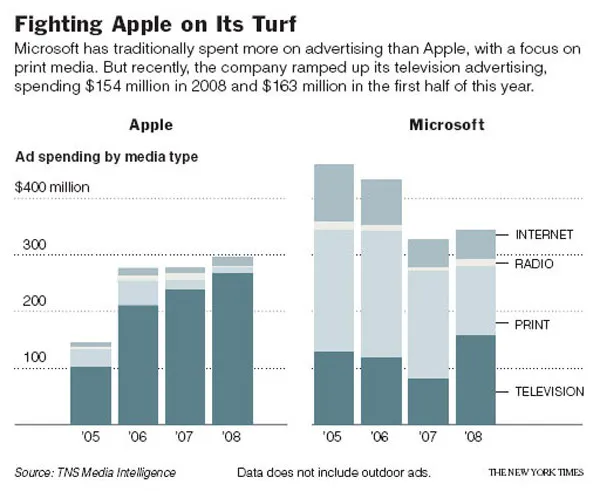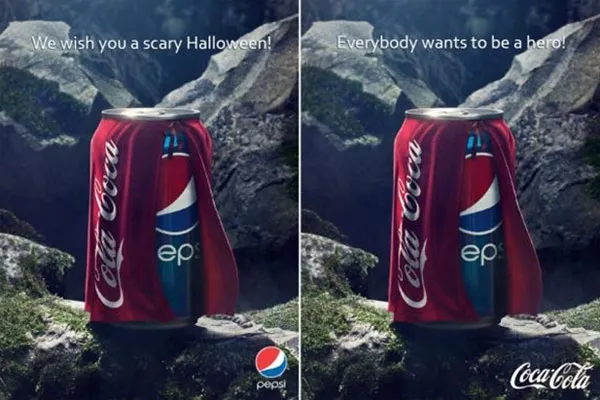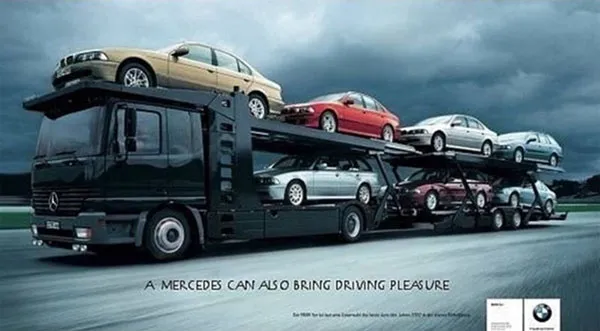Brand vs. Brand – iconic marketing rivalries
History is replete with standoffs between emperors of a past known and unknown, sports rivalry to political battles, the same goes for the business world. Competition to be the dominant entity has never been as thick and cut-throat as it has been over the past few decades. With many old guards folding up and the new kids on the block taking over, its all been about who has the better hand and how a business enterprise sways the market and consumer allegiance. We look at how the tycoons of the present-day entreprenuerial battleground are pited against each other and the ensuing battle that has them clashing swords to go one up against their business foes.

Image: Shutterstock
#1 Mac-ximum warfare -
Who doesn’t remember the iconic Mac vs Windows PC ads? Although, there were questionable logic and incorrect facts, these adverts took Mac to the next level – where pre-conceived notions about Macs were reinforced, including stronger virus protection, more stability and fewer crashes overall. These simple, yet effective ads with household protagonists, made it clear that Mac wasn’t for the elite anymore and that anyone who prefers quality over mass-produced units should buy a Mac.
Apple further amplified this positioning strategy with multiple in-content sponsorships with Macbooks cleverly placed in movies, music videos and TV shows. This once-dying brand revolutionized its marketing strategy during the 2000s and offered real value to its customers in solid performance and focus on design. Apple incrementely increased its TV-ad spends year over year, beating Microsoft’s spends by a landslide in 2009.

You can check out their entire ad creative build up here – https://www.youtube.com/watch?v=0eEG5LVXdKo
#2 The Cola Wars –
The ‘Cola Wars’ have always been intense with increasing profit margins and scale in the industry on the line for generations. Bottlers at that time had little to say and were getting acquired in hordes by either of these two giants. Sugar-water was the name but branding was the game. Even today Pepsi and Coke spend more on branding and sponsorships than any form of R&D. Their product formula remains consistent throughout the years and there is no need for innovation due to low competition. This is truly an interesting business model to get into, and the Cola Wars have run many competitors out of business over the years, leaving just the two heavyweights.
Both companies have had their fair share of branding gaffes. Coke failed miserably when it tried to reposition itself as trendy and hip with the New Coke. The same goes for Pepsi, which made a complete fool of itself recently with the Kendall Jenner ad. Both examples of blunders which will now live in infamy and have made their way into Ivy League marketing case studies.
In the '80s, Pepsi made a valiant attempt to dethrone the then ruling monarch of the soft drink empire -- Coke. They launched a taste-test campaign where they compared the taste of Coke and Pepsi, and for obvious marketing reasons Pepsi came out on top. This sparked a long-living rivalry between the two, as both cola makers went at each other’s neck to not just gain market superiority but also to take potshots and ridicule the other.

#3 Head-on collisions –
BMW and Mercedes may have been each other’s arch-nemesis, but they’ve had a friendly battle over adverts for decades now and benefited mutually from it. As with any rivalry, they positioned the target audience in two classes – the ones who owned a BMW and those who owned a Mercedes. Although, performance-wise there was little to nothing that separated the two juggernauts of the automobile industry — vis-à-vis cost and power, they adopted marketing strategies playing on witty and dry-humour to challenge each other’s one-upmanship. The two brands have a more tongue-in-cheek approach to the decades-old rivalry and consider it friendlier than other business contests.

#4 Coffee potshot –
Dunkin Donuts and Starbuck’s rivalry isn’t well-known outside the US market, but in 2006, Dunkin was feeling the pressure from its fast-growing competitor. Starbucks was taking over the morning-joe market and feeling closer to home when it acquired key territories next to Dunkin’s.
With the tagline of “America runs on Dunkin’s” they targeted Starbuck’s culture of using French-Italian names to sell coffee blends, whereas Dunkin’s wanted to become the go-to drink for Americans everywhere. Subsequently, Starbucks expanded further, lowering their prices slightly and pressurized Dunkin’s out of the coffee market for a long time to come.






